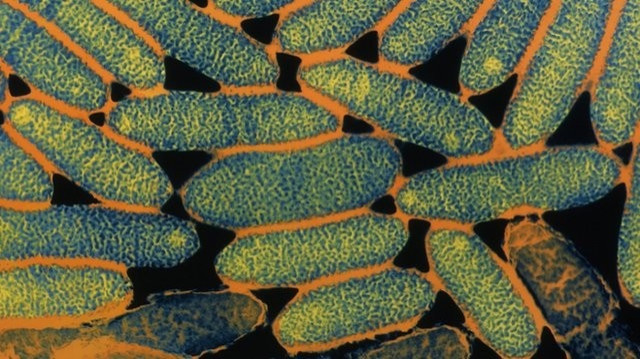Legionnaires' Disease Outbreak Hits Scotland: 1 Dead, Number Of Infected May Increase

Legionnaires' disease has broken out in Scotland, causing one death and leaving at least 40 other people critically ill.
Authorities are searching for the source of the disease, as the number of infected citizens in and around Edinburgh continues to rise since the first case was reported Thursday.
British Health Secretary, Nicola Sturgeon, told the BBC the Legionnaires' is believed to be coming from environmental contamination. Early signs point to a contaminated cloud that spewed from a cooling tower in the Southwest portions of the Scottish capital, namely Gorgie, Dalry, Saughton and Stenhouse.
The message to the public is firstly that the risk to the general population is low, she said. Clearly, as with many conditions, there is a higher risk with people who have underlying health conditions.
The majority of those affected were men in their 30s to 80s, Duncan McCormick, chairman of the National Health Service Lothian's incident management team, told the BBC.
Teams will test sites over the coming days to find the exact source, but will need at least 10 days for results to arrive. In the meantime, officials have treated 16 of the city's cooling towers to try to kill the bacteria, according to reports.
McCormick expects the number of infected to increase and peak over the coming days.
The incubation period of Legionnaires' disease is between two and 14 days but the average is five or six days, so we're expecting to have more cases over the next few days, he told BBC Scotland. But if our evidence and reaction have been correct, we hope to have removed the source through our shock treatment of these cooling towers.
McCormick said certain men with a drinking habit or diabetes should be particularly mindful of any potential signs of Legionnaires' disease.
These people should be very much aware that if they start feeling symptoms of flu-like illness, together with diarrhea, cough and confusion, they should be consulting their GP or NHS 24 as soon as possible, he said.
The doctor dismissed fears of a contaminated water supply, as the disease can only be contracted through inhalation of water vapor via aerosol, not through drinking or from another person.
The disease is caused by Leginonella bacteria, which can infect humans when it hits air conditioning systems, cooling towers and hot water supplies.
Those suffering from Legionnaire's disease typically experience fever, muscle pains, digestive troubles, chest pains and persistent cough. People in poor health, with a history of drinking or smokers, as well as the elderly and diabetics, are particularly susceptible to the disease.
Doctors typically administer a round of antibiotics to fight the bacteria off, but must first determine which strain of the disease a patient may have contracted.
© Copyright IBTimes 2025. All rights reserved.





















